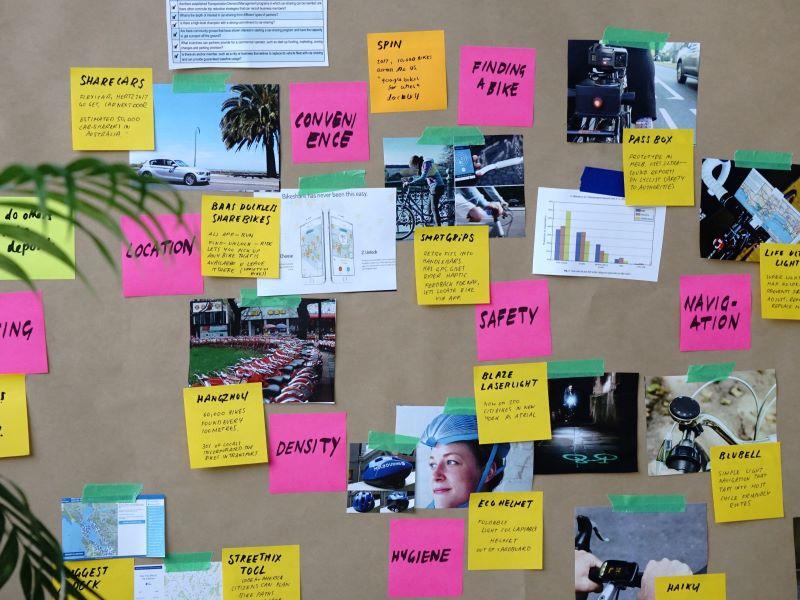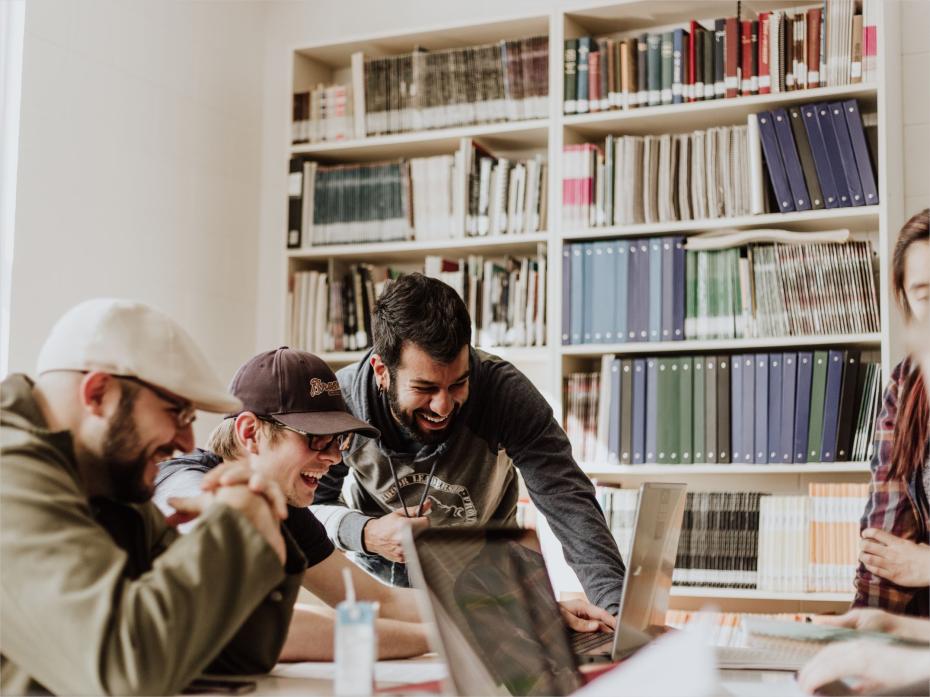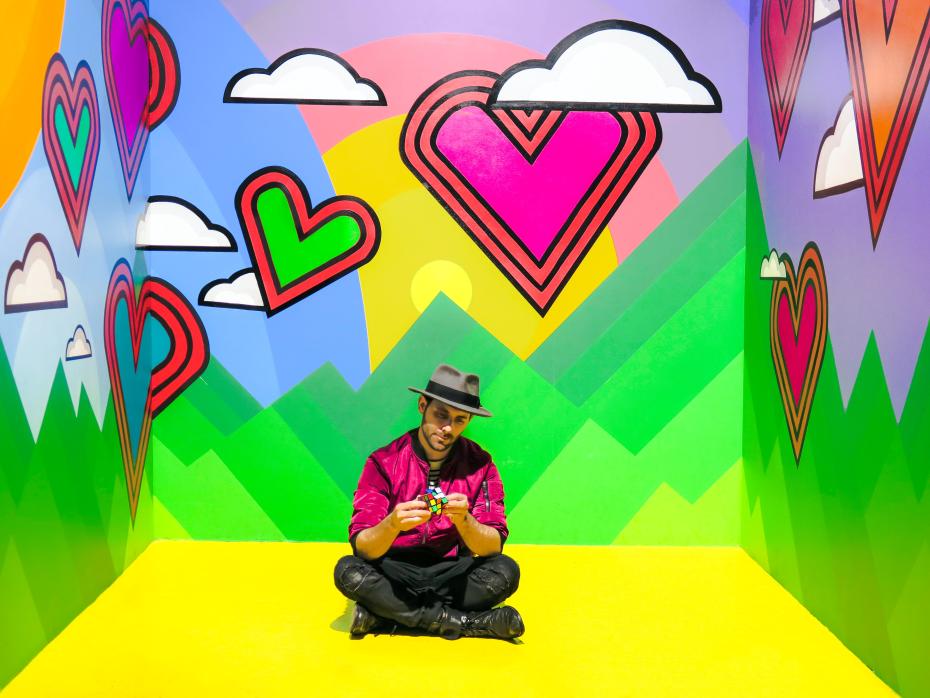Photographs, videos, graphs, and illustrations are routinely used in online teaching. But they are often used purely to decorate presentations or content, rather than to foster deep, critical and reflective thinking, research shows.
Online and blended learning provides an opportunity to apply pedagogies that embed visual media for active student learning across disciplines.
To help get the most out of visual media, I crafted an inquiry graphics pedagogy cycle that incorporates learning types.
Learning types were developed by Professor Diana Laurillard and are defined as: acquisition, inquiry, discussion, practice, collaboration, and production.
Effective learning design should aim to incorporate all learning types through a rich variety of resources and activities.
The six learning types do not have strict boundaries – an activity can incorporate more than one type and a learner can switch between two or more types so they are almost seamlessly blended in learning activities. They are useful to define a distinct orientation in the process of learning.
The following image presents an inquiry graphics cycle that embeds all learning types. It can be associated with inquiry learning and visual thinking strategies, in this case focused on photographs. Many other static or moving visual media can be incorporated as thinking sources. These could include maps, videos, interactive visualisations, web pages, social media posts, diagrams, graphs, illustrations, and pages from comics and graphic novels.
Figure 1. Inquiry graphics pedagogy: an image-based concept inquiry cycle, associated learning types and a selection of digital tools to mediate them, represented by tool icons
Learning objective or concept: Acquisition
First, the tutor identifies a key concept or formulates a question, problem or challenge for students to reflect on and engage with. These concepts will differ between programmes and disciplines. In educational psychology, these can be constructivism, cognitive load or metacognition. The students read, listen or watch materials about the concept, which is an acquisition learning type. They would also investigate the concept in search of new resources and examples.
Image sourcing : Investigation and production
Second, the students are instructed to produce or search for a photograph, or other visual medium, that in their opinion represents an aspect of the concept in question. This means students engage the investigation and production learning types.
No single image can represent a concept, only an aspect of it. I have identified 11 image-concept types to help students think through both images and concepts. The 11 categories are not exhaustive, but can help with focus, concept exploration and visualisation choice or production. They are: iconic, everyday activity or personal experience, challenging, contrast, metaphor, prerequisite or cause, outcome, focus, environment or context, time, and culture or society.
Narrative development: Production
Third, students are advised to write a reflective narrative about why they have chosen the image and how it relates to the concept under discussion. The exact instructions for the narrative can be adapted to different teachers’ needs but an example framework is as follows:
Figure 2. Student image-concept narrative instruction example
Sharing content: A possibility for collaboration
The students are invited to upload their images and narratives in a designated space, for example a forum, blog, or e-portfolio. This step in the cycle can take different forms, such as assigning students to collaborate in pairs or groups to prepare a joint presentation, either recorded as a video or presented live during a synchronous online class.
Analytical interpretations: Discussion and practice
The cycle closes with peer and tutor discussion and feedback through the interpretation and discussion of student images and narratives in synchronous or asynchronous discussions, or both. By doing so students are practising the assigned concept. This can be done in different ways, depending on student numbers, with variations in terms of how and when to include student narratives and what questions to ask.
This pedagogical cycle can be repeated few times in a programme for different concepts or topics and adapted to suit different instructor and student needs. It provides a framework to enhance learning through creative production, lateral thinking, and analytical reflection.
Nataša Lacković is co-director of the Graphic Futures project, Institute for Social Futures and the Centre for Higher Education Research and Evaluation at Lancaster University.




comment